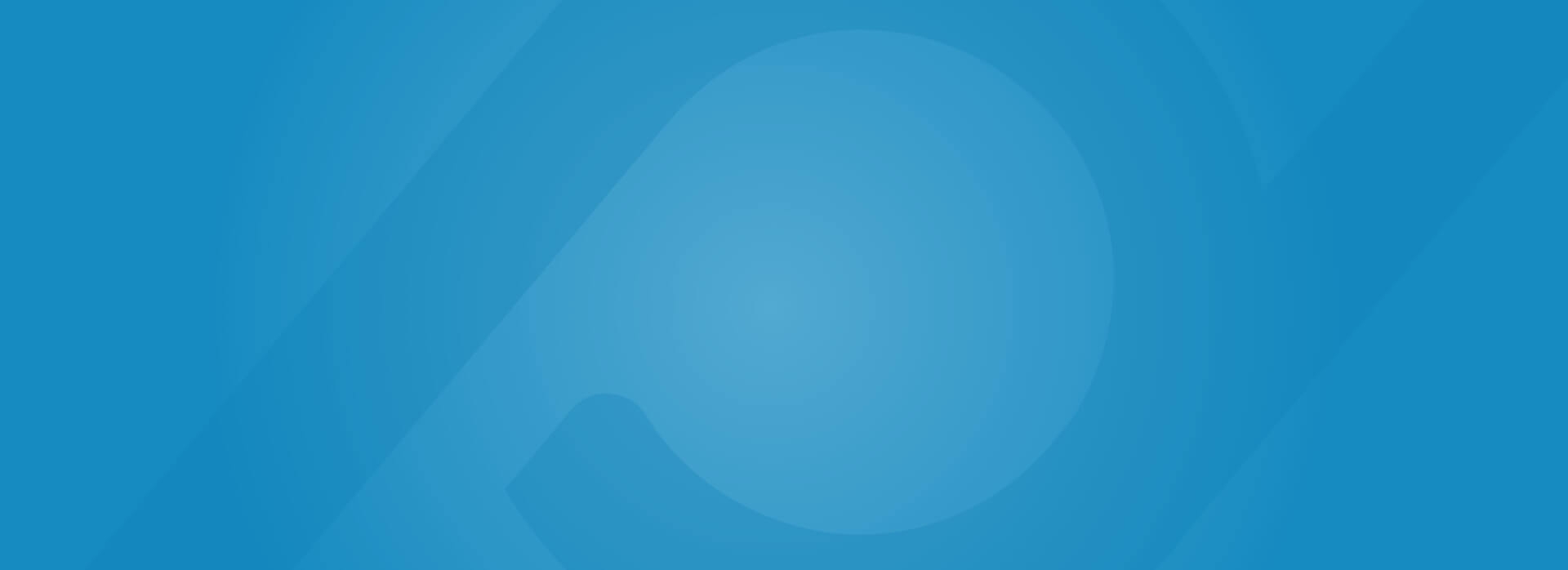
Article
5 min read
5 Science-proven productivity hacks for managers
Nikki Thorpe
Dec 22, 2016
Chapters
5 Science-proven productivity hacks for managers
As a manager, you’re a bit like that stretchy rubber doll from the nineties — each limb being pulled in an opposite direction by your hourly workers, customers, and higher-ups from the second you step into work. Saving time, and energy, are paramount to the success of your business, not to mention your own sanity and health.
With modern research highlighting the true causes of our human challenges in getting things done, you’ll be pleased to know that there are certain quick fixes to your productivity woes. Here are five productivity hacks you can implement right now.
The Key to Finishing is Starting
It sounds painfully obvious, but research has proven time and again that our biggest barrier to productivity is starting something in the first place. The really fascinating aspect about starting, however, is akin to nudging the first standing domino in a line: once you start, you’ll have a tough time stopping. It’s called the Zeigarnik effect, and it’s the psychological phenomenon that makes us feel uneasy and anxious when we don’t finish a task.
This may be linked to the accepted fact that we handle multiple, small tasks easier than the notion of attacking a large project. In fact, taking in many small things in rapid succession rewards us with a dopamine rush, according to a Science of People article. This is why we feel productive when we’re engaged in busywork, or even flipping from Facebook to email to checking for messages on our phones.
Harness the power of both of these facts by breaking up large tasks into a series of small goals. Then, eliminate distractions and start on one goal. The Zeigarnik effect should kick in, you should finish your first task, and then after a break, you’ll be free to move onto the next one.
Make Smart To-Do Lists
The jury’s out on whether to-do lists are an asset or a detriment. Some research has indicated they leave you feeling disappointed when items are left unchecked, or they serve as distractions from what’s most important. The key, it seems, is to create smart to-do lists. Here’s how:
- Write out about five important tasks the night before, so you’re not scrambling to figure out your agenda in the morning when you first get to work. This helps you avoid getting derailed by items that seem important right when you unlock the door in the morning — a request from an employee, an email from a vendor — but can actually wait until after you’ve accomplished your most important tasks.
- Rank your items in order of true importance, not just ease of completion, or however they fall on your list. There will always be busywork, but there will always be one thing that is the most important thing you for you do. Rarely are these the same item. The trick is distinguishing what’s most important from merely what feels the most pressing. Believe that the busywork can wait — and your business will do better when you prioritize the things that matter most.
Stop Multitasking And Take a Rest
A Russian proverb says it best: “If you chase two rabbits, you will not catch either one,” states a Russian proverb, which is indicative of what happens when you divide your attention. Studies have proven over and over again that multitasking doesn’t work. Furthermore, those who attempt to multitask, or claim to be good multitaskers, actually aren’t more successful than their peers.
As a manager, you have hundreds of tasks that always seem to threaten the livelihood of your establishment — but the truth is, if you try to attack them simultaneously, you’ll be dividing your attention and failing at each of them.
Instead, do one thing at a time, and do it to completion. Some people call this a “touch it once” policy — don’t open an email and let it sit for later; open it when you’re ready to respond to it, and respond to it.
In addition, complete your most challenging tasks when you have the highest motivation and energy. For some, this is in the morning. For a night restaurant manager, this may be at 8pm, after the dinner rush. The path to doing more, ironically, is doing less. Taking frequent breaks, even taking naps, may lead to more productivity in the long run than running nonstop.
Cater to Your Inner Animal
Your office may be the farthest thing from a Zen retreat — but that doesn’t mean you’re doomed to the infamous cubicle blues. Scientists have proven, time and again, that our environments are directly related to our sense of wellbeing, which impacts our ability to get good work done.
Daylight, plants, and warmth are all proven to increase productivity. Natural light can both enhance productivity and energy levels, which are especially important in jobs when you’re on your feet and interacting with multiple people daily.
If you can’t get daylight in your office, find ways to bring the outdoors inside. Buy a natural light lamp and bring in plants that do well under these types of lighting. Finally, don’t forget about temperature. Cornell University research shows that people working in a cool room were only half as productive as those working in a warm room. The science is simple: when our bodies are busy spending energy to keep us warm, energy is diverted from the task at hand.
Keep Your Hourly Employees Happy
Though you may not think it’s directly related to your personal productivity, think again. Consider the two main costs in retail, restaurants, or any other business that relies on hourly employees: the cost of your product or inventory, and the cost of labor.
Managing inventory costs is fairly straightforward, but how do you keep labor costs in check? According to restaurant consultant David Pavesik, Ph. D, FMP, the key isn’t to pay employees less or staff your floor sparsely. The key to better labor costs is to make your employees happy.
Happy employees are 12% more productive — and unhappy ones are actually 10% less productive, according to a University of Warwick study. Further, there’s a ripple effect back to you when your workers are empowered and productive: with better customer service and fewer fires to put out, your time is freed up for the tasks that only you can complete.
So how do you boost employee morale? Here are a few pointers:
- Offer employees a place to socialize when they’re not on the clock. Having a break room or watercooler space increases camaraderie, which improves happiness and motivation to be at work.
- Cultivate a lighthearted environment, whether through music, employee events, or healthy competitions. These will improve employees’ moods and customer perception — both of which contribute to overall productivity.
- Implement new technology for enhanced productivity in the areas that your store is suffering. Consider online training programs (make sure they’re mobile-compatible, as mobile app usage has now surpassed PC usage), inventory programs that sync with your POS, or employee scheduling software that makes it easy, safe, and convenient for hourly employees to swap or pick up shifts.
Improving productivity isn’t a guessing game anymore. From simple tactics like adding greenery to more complex behavioral changes, you can transform your workplace into a mecca of productivity with all of the functionality of a well-oiled machine. The research is there — now, it’s up to you to implement it.
